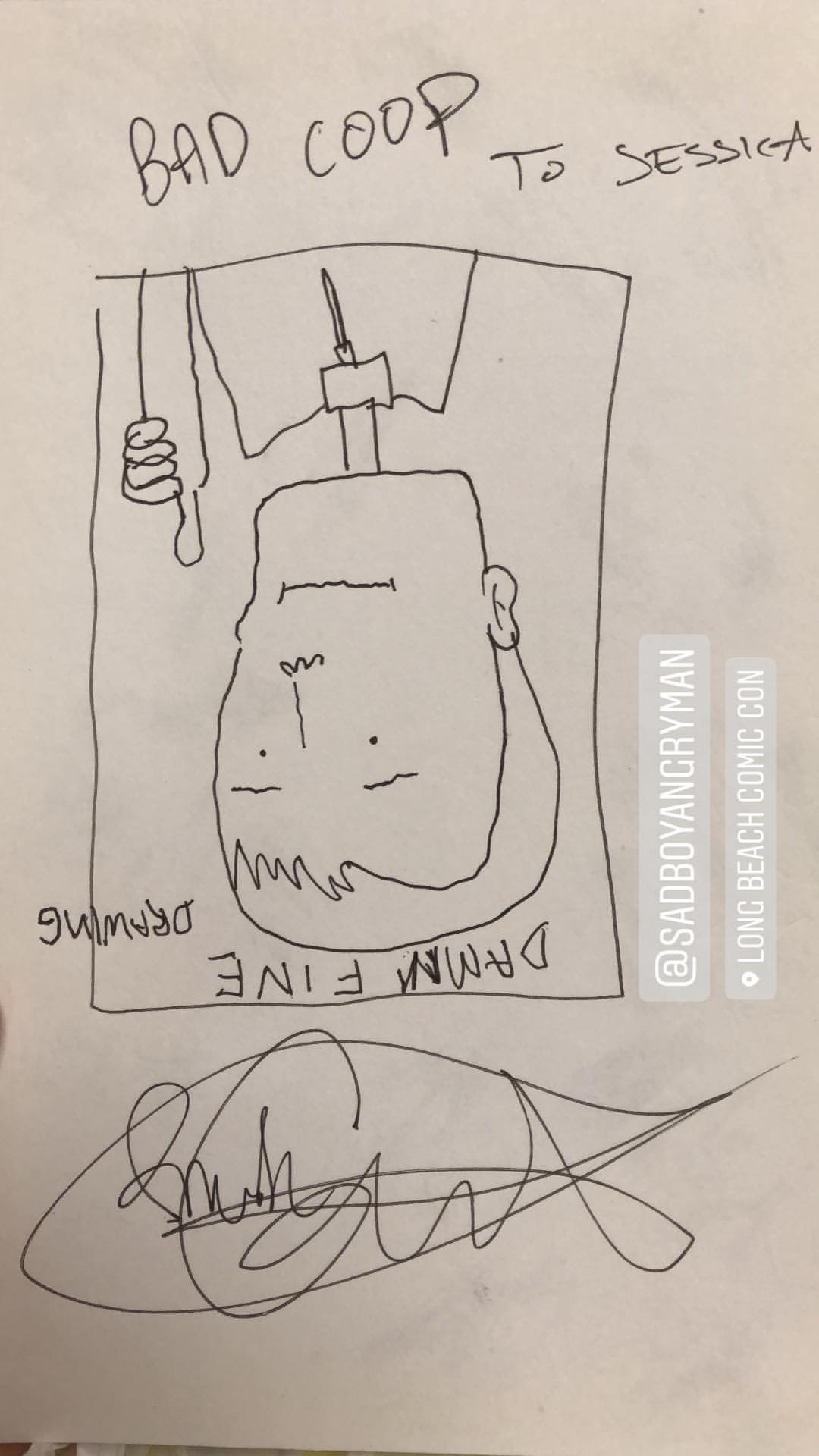
Jessica’s Untitled Zine Project – Part 3
Part 3 of 6: Like-Minded Individuals
Disclaimer: After extensive research (aka one google search), I have come to the conclusion that what makes a zine a zine is that the creator calls it one. So, in the interest of unwavering accuracy: no, the independent comic book I am going to bring up isn’t technically a zine.
As mentioned in part 1, zines have become a staple for many artists and writers who want to share their work. So naturally, reaching your audience is one of the biggest challenges a “ziner*” is faced with (*ziner: noun. One who publishes or contributes to a zine). While social media may have helped facilitate the rise of zines in mainstream(ish) culture, it is also important to not overlook the impact of face-to-face efforts—like community events and word-of-mouth—which are equally important.
I recently attended both Long Beach Comic-Con and San Diego Zine Fest, and was able to talk to a handful of artists and writers about their work, and why they even bother making these things. To quote Frank Gidlewski, an animator who makes his own comics on the side, “I want people to see my stuff and enjoy it.” And what better place to make that happen than a convention, or a zine fest, or any other artist-driven event? The attendees are usually primed and ready to consume independent artwork. It is comprised of people with similar interests— like-minded individuals, if you will (see what I did there?). Plus, it’s a lot easier to talk about your work and get people excited about it when there is a good chance that they might already be interested. Unlike the Internet, this audience is pre-filtered, and you don’t have to rely on a questionable algorithm to reach them (shots fired).


Frank’s booth at LBCC, where I picked up issues 1 and 2 of his comic “Fantasma Girl and Fantastic Boy” and my free “bad” drawing of Special Agent Dale Cooper.
So, while social media is helpful when trying to reach a large number of people, it is not a replacement for face-to-face communication. Most likely, a combination of the two is the key to success when it comes to this medium. An online presence helps you reach people across the world, and helps with recognition, while events help you make lasting impressions and allow you to speak about your work directly with people who want to hear about it.
 Some of the zines I picked up at SD Zine Fest: “Dime Sack” by Natalie Center, “All Dogs Go to Heaven” by @mare.e.fresh (aka Maryela), “This is It” by Erika Reyes, “Roommate Deathmatch” by Simone Rein, “Niceferatu” by Eternia Press, “Dreamy Hair” and “Why You Are The Greatest You” by Beverly Salas, “Friends? Not Friends!” by heysoupface, (aka Douglas Gauthier), and “A Few Things That Scare Me” by Lauren Gauthier
Some of the zines I picked up at SD Zine Fest: “Dime Sack” by Natalie Center, “All Dogs Go to Heaven” by @mare.e.fresh (aka Maryela), “This is It” by Erika Reyes, “Roommate Deathmatch” by Simone Rein, “Niceferatu” by Eternia Press, “Dreamy Hair” and “Why You Are The Greatest You” by Beverly Salas, “Friends? Not Friends!” by heysoupface, (aka Douglas Gauthier), and “A Few Things That Scare Me” by Lauren Gauthier